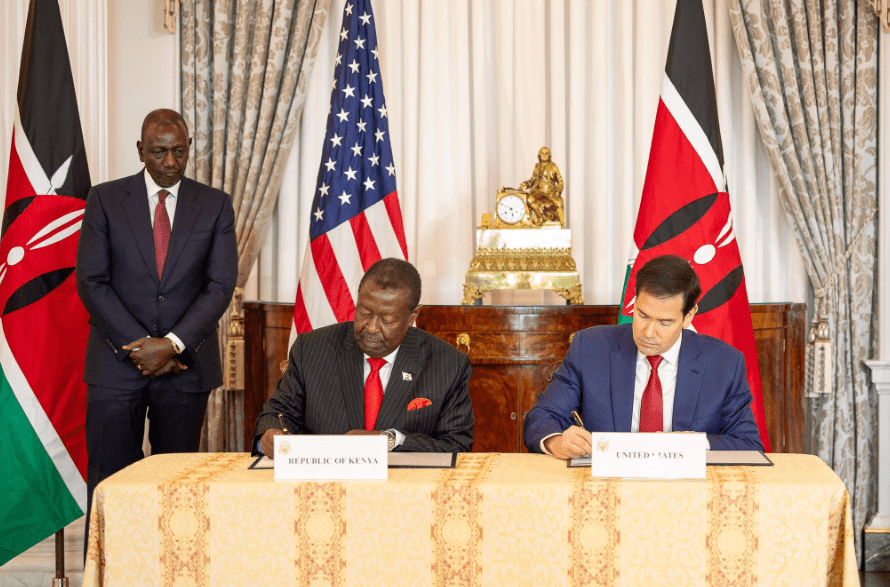
If we discuss industrialisation policy, we could mention such things as “the ease of doing business”, and various other issues, but in the end, it boils down to our inordinately high electricity costs, which should ideally be about one-third of what they are now.
Recently, there has been much concern over the question of “food security,” with a focus on Kenya apparently not being adequately food secure.
There are actually two separate issues here.
First, for many decades now, the amount of food produced globally is substantially more than what can be consumed. In other words, there is no shortage of food as such.
The problem is one of logistics and finance: who is going to pay for the surplus food available in the global market, and how can this food be delivered to those who are faced with starvation?
Much of the credit for this global capacity to produce so much food is due to an American agronomist, Norman Borlaug, who in the 1950s pioneered the development of high-yielding, disease-resistant varieties of wheat, and brought about what has been termed “the Green Revolution”.
This effectively put an end to the endemic famines that for centuries had tormented mankind, most spectacularly in India and China.
So if indeed even one single Kenyan should die for lack of food, the reason will not be that there was no food to be found. It will be due to a failure of planning by the government, both in terms of setting aside money for the purchase of basic foodstuffs, which are abundantly available on global commodity markets, and establishing the supply chains needed to get the food to those who desperately require it.
But there is a second consideration here. Kenya has many millions of acres of unutilised wide-open spaces, which could be used for extensive irrigation projects that could greatly increase the country’s capacity for food production.
Why do we not have even a single notable irrigation scheme, which can be the source of all the additional food commodities we require and hence make us more food secure?
The reason for this lies in our flawed water management policies.
Consider the absurdity of reading, just last week, one news report announcing that farmers living downstream of the Tana River had been asked to move to higher ground, due to the imminent flooding arising from the overflow of the water reservoirs of the hydroelectric power stations, further upstream. And a day later, warnings of imminent famine due to inadequate harvests caused by the failure of the heavy rains in 2024.
Unpredictable heavy rains – widely believed to be the direct consequence of climate change – have been a factor all over the globe for many years now. And the proper response to this is to plan for the mass harvest of water during such heavy rains; and to then apply this water to irrigation or domestic use, when the region faces an extended dry season.
The fact that surplus rainy season water, rapidly filling up a state-controlled hydroelectric dam, poses a threat to farmers living downstream is proof of a failure of water management. For the kind of large dams which we have built on the Tana River – Masinga, Kamburu, Gitaru, Kindaruma and Kiambere dams – are supposed to help in maintaining flood control, even as they provide water for irrigation and produce hydroelectric power.
So, once again, we see that what is often described as a natural disaster (flood, drought, famine) is actually just one more policy failure.
There is really no valid reason why any Kenyan should go hungry at this point in our existence as an independent country. And there is really no reason why we do not have some very large irrigation projects, helping make Kenya more “food secure.”














